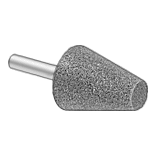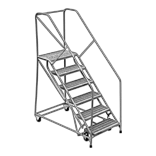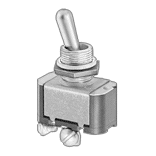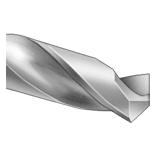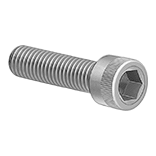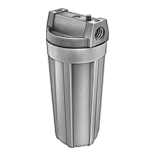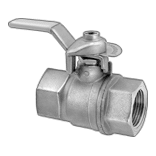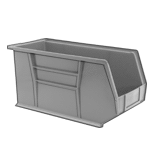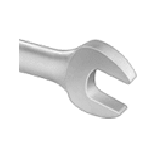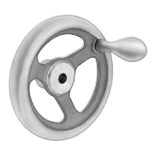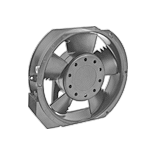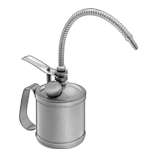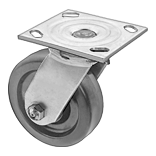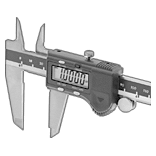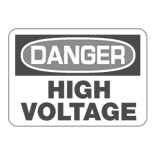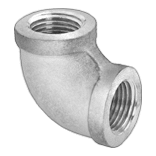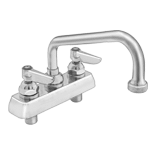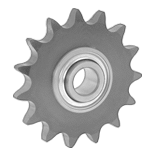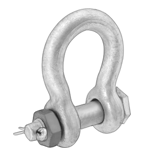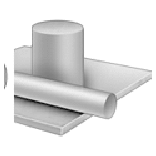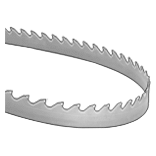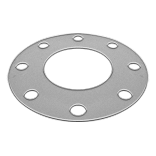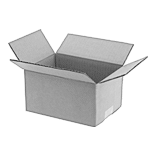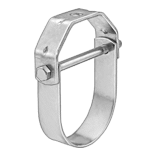Development Boards
Prototype electronics and build simple automation systems with the configurable inputs and outputs on these boards. Monitor both digital and analog devices, including proximity and temperature sensors, and control basic outputs, such as changing the speed of a servomotor or turning LEDs on and off. Their open-source software makes programming and troubleshooting convenient. Choose a board whose operating voltage can support the other devices you’re connecting to.
Boards with headers are good for making quick connections. Plug them in directly to breadboards, or connect them using jumper wire.
Boards without headers require making your own soldered connections. Use them for permanent or long-term installations.
Holders for Development Boards


Keep a development board and a breadboard in one handy spot for prototyping. With multiple standoffs, these holders are for use with a development board that has Arduino mounting hole patterns. They can easily hold a breadboard with 400 contact points.
Breadboard Compartment | Development Board Compartment | Overall | |||||||||||||
|---|---|---|---|---|---|---|---|---|---|---|---|---|---|---|---|
| For Manufacturer | For Manufacturer Series | Number of Compartments | Compartment Type | Length | Width | Length | Width | Length | Width | Thickness | Material | Color | Mounting Fasteners Included | Each | |
| Arduino | Due, Leonardo, Mega, Uno, Zero | 2 | Breadboard, Development Board | 3 3/8" | 2 1/4" | 2 13/16" | 2 3/16" | 4 1/4" | 6" | 1/4" | ABS Plastic | Black | Yes | 00000000 | 00000 |
